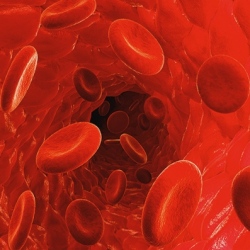
Bioengineers at Stanford and other universities have developed a sort of programmable genetic code that allows them to preferentially activate or deactivate genes in living cells. The research is published in the current issue of Cell, and could help usher in a new generation of gene therapies.
The technique is an adaptation of CRISPR, itself a relatively new genetic tool that makes use of a natural defense mechanism that bacteria evolved over millions of years to slice up infectious virus DNA. Standard CRISPR consists of two components: a short RNA that matches a particular spot in the genome, and a protein called Cas9 that snips the DNA in that location. For the purposes of gene editing, scientists can control where the protein snips the genome, insert a new gene into the cut and patch it back together.
Inserting new genetic code, however, is just one way to influence how the genome is expressed. Another involves telling the cell how much or how little to activate a particular gene, thus controlling how much protein a cell produces from that gene and altering its behavior. It’s this action that Lei Stanley Qi, an assistant professor of bioengineering and of chemical and systems biology at Stanford, and his colleagues aim to manipulate.
